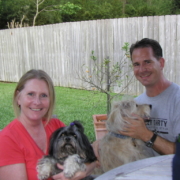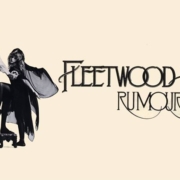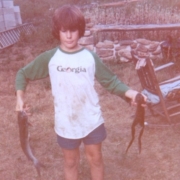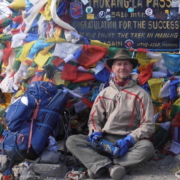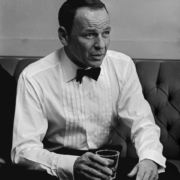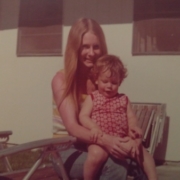1980 Rumors Too
/in Uncategorized /by jasonpartinI began writing a memoir, and I wrote the first true sentence I remembered as a child: Stevie Nicks was fine. (work in progress)
Read moreReferences
/in Uncategorized /by jasonpartinReferences used for this work.
Read moreThe War on Drugs
/in Uncategorized /by jasonpartinWork in progress April 18 2020
Read morePrologue – OLD VERSION
/in Uncategorized /by jasonpartinBefore the pandemic, I was writing a memoir about my time in high school. It began:
“The two FBI agents at my grandfather’s funeral asked us what we knew about the president’s assassination, and where Hoffa was buried.”
Read moreThe Plaintiff and the Defendant
/in Uncategorized /by jasonpartinThe 1980’s a confusing time for my eight year old self. Fortunately, court records from the Louisiana 10th judicial parish give a more concise story. In 2019, I could read the court’s version of truth. I assumed the court records on the internet haven’t been altered, and this is what they had to say about my life in 1980.
Read moreAnnapurna and Bodh Gaya.
/in Uncategorized /by jasonpartinI learned more than I can say with words at a Thibetan Monastery in Nepal. I was in Kathmandhu teaching magic to a group of school kids who had lost their school building during an earthquake. The quake had killed more than 10,000 people, and happened as they were recovering from a decade long civil war that had killed dozens of thousands more.
Read moreFrank Sinatra Has a Cold
/in Uncategorized /by jasonpartinThis is copied from Esquire.com so that I could upload it to my eReader. I wanted to read and study while reading my own articles, and I don’t enjoy reading on a computer; I prefer either a book or the book-like reading experience of a modern e-Reader, with simulated paper that’s easy on my eyes, portable, and easy to use.
Read moreQuotes to use when writing a memoir
/in Uncategorized /by jasonpartinRead more“Fucking Partin. I should have killed him that night, when I had the chance.”
Chuckie Obrien, adopted son of Jimmy Hoffa and stepfather of Jack Goldfinch, J.D., Harvard law professor, legal counsil for President George W. Bush Jr., and advisor for the 2001 United States Patriot Act that monitored millions of Americans’s cell phones without a warrant, and justified torture and imprisonment in Cuba’s Guantanamo Bay for more than fifteen years.
Wendy Partin
/in Uncategorized /by jasonpartinI began the day like any other day, not knowing my mom would die in 48 hours.
Read more
